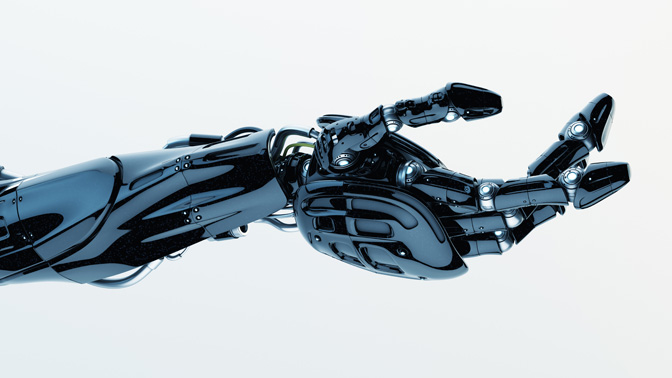
Brain-controlled prosthetic devices would have seemed inconceivable a decade ago. But today such devices are being tested for their ability to restore movement in patients with severe motor disabilities.
Electrodes within these innovative devices are inserted in or around the nerve to record and relay signals to the brain. Electrode placement poses a serious problem though: when inserted into the nerve, they provide accurate readings, but increased likelihood of damage; and when placed close to the nerve, they are safer, but provide less accurate signals.
TRI Scientist José Zariffa has been working on addressing this issue by refining how the electrodes placed around the nerve record signals. His team recently developed a more sensitive technique for capturing these signals, which takes into account the time and the location of the nerve signal. They tested the robustness of their technique in different settings and found it to be better at distinguishing the source and paths taken by the signals when compared to existing models.
As Dr. Zariffa explains, “This model makes it easier for us to characterize signals as they move between the brain and the targeted limb. This type of technological innovation is what is needed to make brain-controlled prosthetic devices a reality for patients with disabilities.”
This work was supported by the Natural Sciences and Engineering Research Council of Canada, the University of Toronto’s Institute of Biomaterials and Biomedical Engineering and the Toronto Rehab Foundation.
Koh RG, Nachman AI, Zariffa J. Use of spatiotemporal templates for pathway discrimination in peripheral nerve recordings: a simulation study. J Neural Eng.2017 Feb;14(1):016013. doi: 10.1088/1741-2552/14/1/016013.




